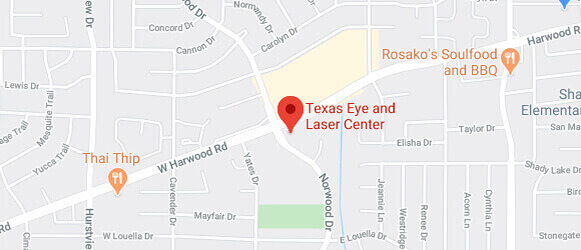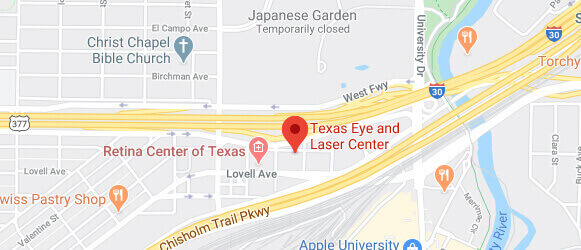Our country has been attacked by a highly infectious Coronavirus that has spread to over 150 countries worldwide. Over 1,000,000 people have been infected in the world and over 250,000 in the U.S. The first COVID-19 case was reported on December 8th, 2019 in Wuhan, China. It was reported to the World Health Organization (WHO) on December 31, 2019. The COVID-19 Coronavirus rapidly spread from a single city (Wuhan) to the entire country of China in 30 days.
Illness with COVID-19 presents as a respiratory illness, including fever, cough and shortness of breath. Also, diarrhea, conjunctivitis (Red Eye) and even loss of smell and taste have been reported as well as pneumonia. Symptoms can appear from 2-14 days after exposure. The virus is spread primarily via person-to-person contact through respiratory droplets produced when the infected person coughs or sneezes. It can also be spread if people touch an object or surface contaminated with the virus and the person touches their mouth, nose or eyes.
Scientists have been able to detect virus in aerosols/sneezes for up to 3 hours in a confined space. Active virus has been found to survive up to 24 hours on cardboard and up to 2-3 days on plastic or stainless-steel surfaces. Ocular infections or conjunctivitis (Red Eye) has been seen in a small percentage of cases but can be spread in the tears of an infected person.
Ocular/eye involvement does occur with COVID-19 infections. A study in JAMA from China showed a 31% incidence of conjunctivitis (Red Eye) associated with the Coronavirus infection. The eye findings found include conjunctivitis (Red Eye), conjunctival swelling, tearing and increased eye secretions. All the patients in the study tested positive for COVID-19. It is possible to transmit the virus in tears.
Contact lens wear involves touching the eye to remove and insert the lenses. This results in contamination and a greater danger of spreading the virus. Some have recommended wearing glasses instead of contact lenses. If you continue to wear your contacts, you should use strict hygiene and careful techniques to insert and remove the contacts. If your eye is red you should not wear your contacts. If you develop a red eye with COVID-19 symptoms you should be tested for the virus.
How do we prevent spread of the virus? Recommendations include frequent hand washing, avoid crowds and practice social distancing. The use of masks, gloves and cleaning of counter tops, door handles etc. is important to prevent spread and contamination. It is true that elderly patients with pre-existing medical conditions and those with poor immunity are at greater risk of contracting COVID-19. However young adults can be infected and may pose the threat of spread of the infection to others. Clearly each person must practice the above recommended precautions to prevent transmission to others.
COVID-19 Is similar to the previous severe acute respiratory syndrome of SARS/2002-2003 in China and the Middle East Respiratory Syndrome or MERS (2012) from Saudi Arabia. The severity of infection was greater with SARS and MERS but the transmission of COVID-19 has been much higher with more cases worldwide. The influenza pandemic of 1918 (Spanish Flu) 1968 and the H1N1 in 2009-2010 (Swine Flu), were responsible for many more fatalities than the 3 Coronavirus infections.
Treatment of COVID-19 is problematic due to this new virus with little knowledge and experience with this Coronavirus. However, American medicine has responded and a new antiviral drug, Remdesivir, has just been approved by the FDA to treat the virus. A well known antimalaria drug which is also used to treat Rheumatoid Arthritis and lupus, Hydroxychloroquine, has been successfully used to treat COVID-19. A combination therapy of Hydroxychloroquine (Paqueril) and Azytromycin (Z-Pack) has also been used to treat the virus successfully. Another novel treatment uses the serum taken from recovered COVID-19 infections has been used with success. The development of a vaccine is in clinical trials but will not be available for up to 9-12 months at the earliest. While medical treatment appears very helpful, each person must practice personal hygiene and social distancing and follow protocol to prevent further spread and reduce the COVID-19 curve.
Although we have never had to deal with this Coronavirus, with proper mitigation, medications and vaccines we will defeat COVID-19 and regain normal life in America.



